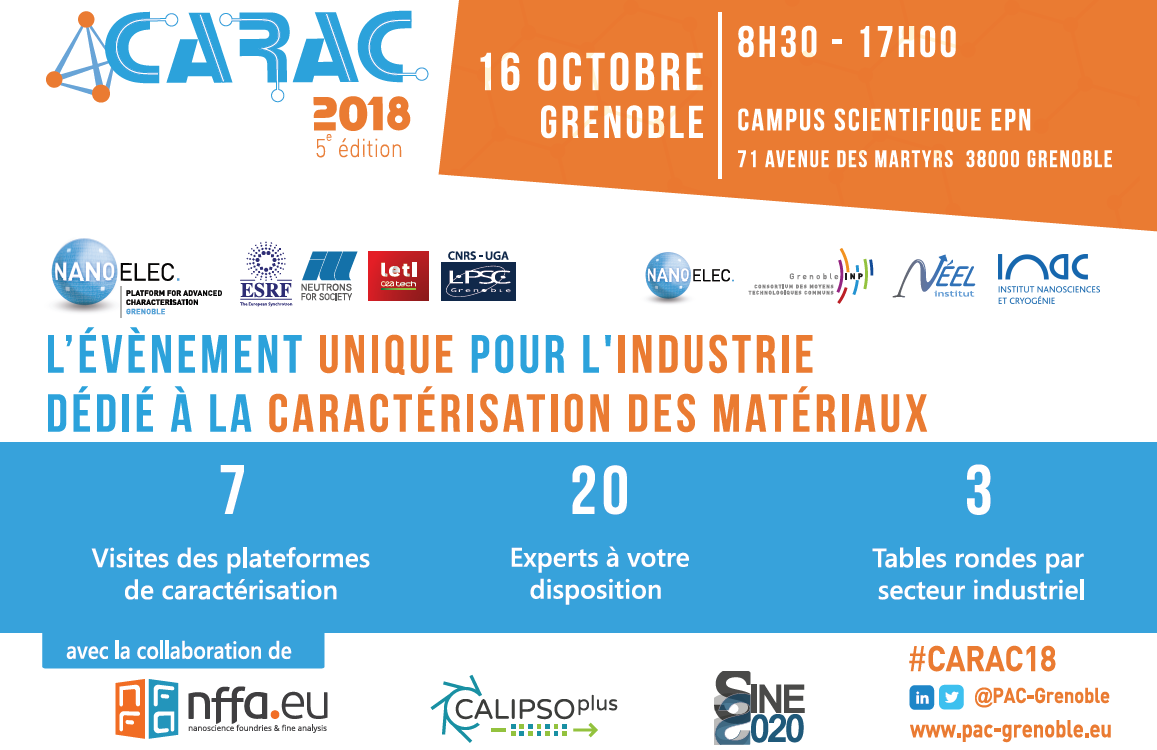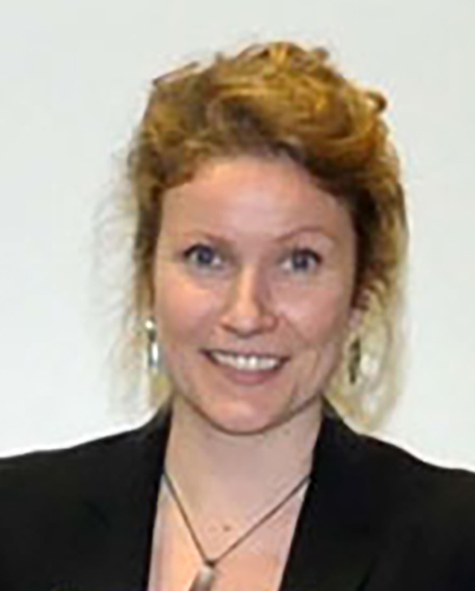 Maud Baylac, Chef de division accélérateur et source d'ions au CNRS-LPSC
Maud Baylac, Chef de division accélérateur et source d'ions au CNRS-LPSC
Maud Baylac is the head of the accelerator and ion source division of the ”Laboratoire de Physique Subatomique et de Cosmologie”. She was awarded her PhD from the University C. Bernard (Lyon) in 2000 for beam-based Compton polarimetry. In 2001, she joined the accelerator division of the Thomas Jefferson National Accelerator Facility in Virginia (USA) to develop polarized photo-injectors. In 2005, she joined CNRS at LPSC. She is involved in accelerator-driven systems, from the development of a mock-up, GUINEVERE, now operating at SCK-CEN (Belgium) to R&D on a multi-megaWatt demonstrator (MYRRHA). She manages the accelerator-based neutron source GENESIS, at LPSC. LinkedIn
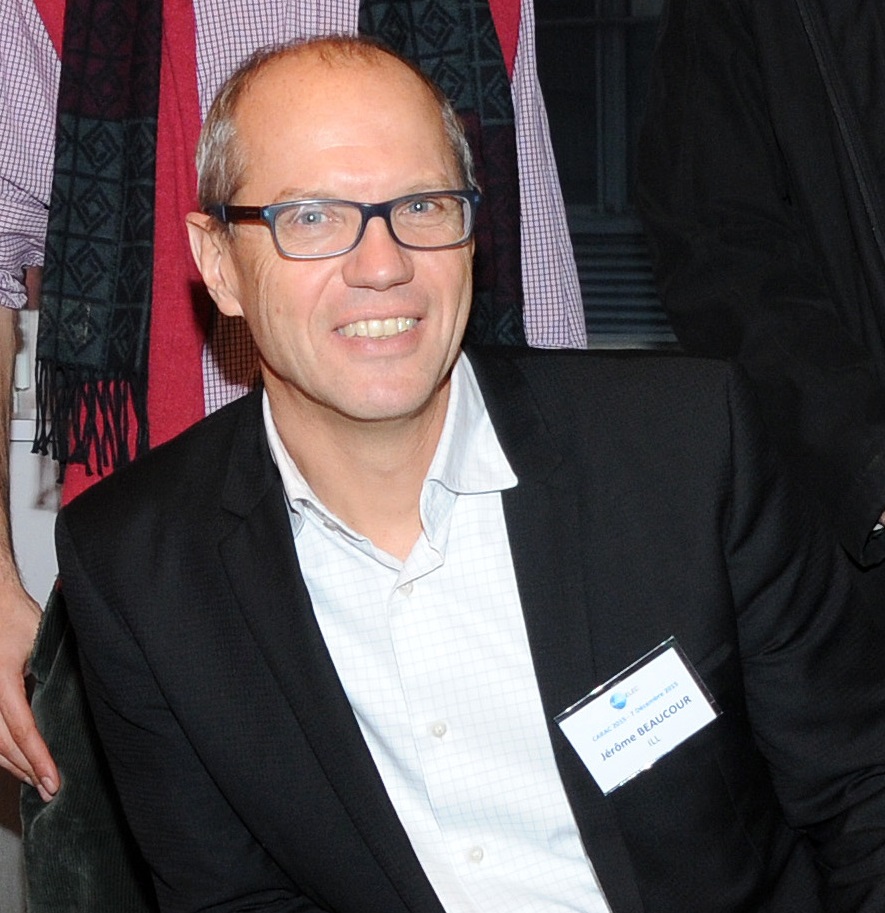 Jerome Beaucour, Directeur du PAC-G
Jerome Beaucour, Directeur du PAC-G
After 15 years in aerospace, automotive and medical industries, Jerome Beaucour joined the ILL in 2004 as head of Neutron Distribution and Instrument Mechanics. One of his major duties was to serve on the Millennium upgrade of the Institute, for the design and realisation of new ILL instruments and neutron distribution systems. He has led several major developments and recently the refurbishment of the neutron delivery systems and instruments of the experimental guide hall ILL22. In 2012, he was given an additional mission as head of the Industrial Liaison Unit with the aim to develop the societal impact of the Institute toward Industry. At the same time within the Institute for Research and Technology in Nanoelectronics (IRT Nanoelec, a 28 partner French funded private-public initiative on nano/microelectronics), he was nominated as Director of the Characterisation programme joining industrial partners and research infrastructures to develop industry access to Grenoble’s large scientific facilities. In the frame of a collaborative agreement with IRT Nanoelec and the Grenoble –Alpes University, he initiate and lead the development of the D50 instrument of the ILL, a very innovative facility for neutron imaging and reflectometry dedicated to industrial and academic research. He is developping since 2014 the Platform for Advanced Characterisation – Grenoble (PAC-G) of the IRTNanoelec in collaboration with ESRF, CEA/LETI and CNRS/LPSC ESRF, CEA/LETI: a new organisation offering innovative characterisation services to industry. LinkedIn
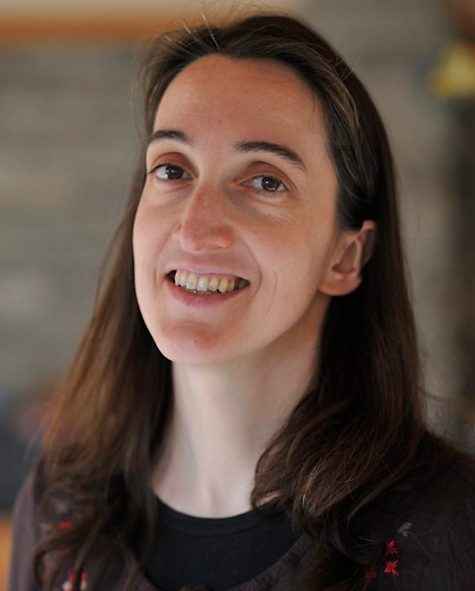
Caroline is an industrial liaison engineer at the Institut Laue-Langevin since 2016. She is in charge of promoting neutron techniques and she assist industrials during measurements at neutron centres offered by the SINE2020 project. Caroline studied applied Physics and spent her PhD time at ESRF, working on dosimetry for radiotherapy within an INSERM team. She worked for seven years in large and small companies managing upstream studies programs and customer projects, in the field of x-ray detectors. Caroline also worked at the CEA in both a technical department and a market research department. LinkedIn
 Ennio Capria, Chef adjoint du développement des affaires à l'ESRF
Ennio Capria, Chef adjoint du développement des affaires à l'ESRF
Ennio gained his PhD in Applied Physics at Cranfield University (UK). In his research career he has worked on the development of nanobiosensors and on nanocomposites. In 2011 Ennio joined Elettra where he worked on manufacturing of optoelectronic devices and particularly their characterisation with synchrotron light. In 2013 Ennio joined ESRF as the IRT NanoElec Industrial Liaison Engineer and in 2016 became the Deputy Head of the BDO. Ennio is at present responsible for the networking activities of NFFA-Europe. LinkedIn
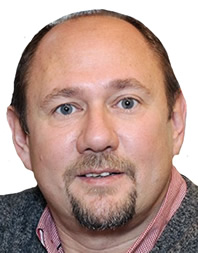 Dr. Narciso Gambacorti, Responsable du programme Nanocaractérisation au CEA-LETI
Dr. Narciso Gambacorti, Responsable du programme Nanocaractérisation au CEA-LETI
In 1991 Dottore in Fisica from the University of Rome "La Sapienza”. From 1992 to 1997, he did research in different CNR research institutes in Italy (MASPEC-Parma, ICMAT-Rome) working on the characterisation by means of different techniques (TEM, XRD, SIMS, PL) of GaAs and InP based advanced heterostructures. From 1997 to 2008 he worked as senior research scientist on ellipsometry, scatterometry and thermal-waves for a USA based semiconductor metrology company. In 2009 he joint CEA-LETI in the Grenoble MINATEC-Campus as nanocharacterisation program manager. As nanocharacterisation program manager he is in charge to build research programs with industrial and institutional partners in the field of the physical/chemical for both in-line metrology and off-line characterisation. LinkedIn
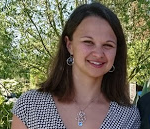 Dr. Manon Létiche, Beamline scientist chez ILL - Institut Laue Langevin
Dr. Manon Létiche, Beamline scientist chez ILL - Institut Laue Langevin
Dr. Manon Létiche obtained her Ph.D in material sciences in 2016 at the University of Lille1 within the frame of a collaboration between the Catalyst and Solidi state Chemistry Unit (UCCS) and the Institute of electronic, micro-electronic and nanotechnology (IEMN). Her work consisted in developing thin film materials for Li-ion microbatteries. Since May 2018, she is working at ILL as scientific responsible for D50 in the frame of IRT Nanoelec project. LinkedIn
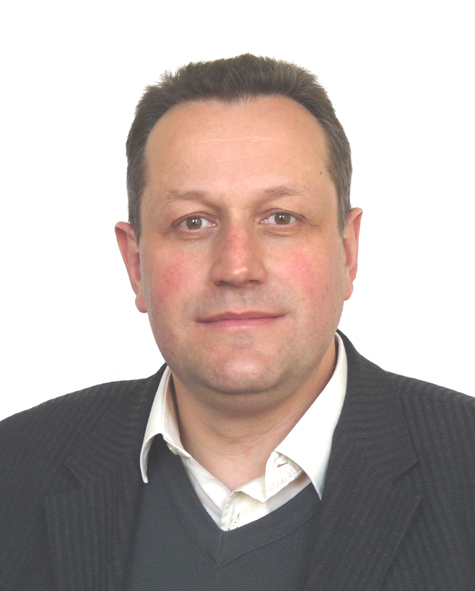 Laurent Maniguet, Directeur du CMTC
Laurent Maniguet, Directeur du CMTC
Laurent Maniguet obtained his Ph.D from the Grenoble Institute of Technology in Materials Science in 1995. He started his professional career as an engineer in the field of X-ray diffraction and he has expanded his interest in Electron Microscopy and Microanalysis. Since 2002, he has been director of the characterisation platform of Grenoble INP. The CMTC platform is a fully staffed unit for physic-chemical and microstructural characterisation at various scales, serving the materials community with a range of state-of-the-art characterisation equipments and support services available for both academic and industrial laboratories as well as for educational training of students. Laurent Maniguet is author or co-author of 20 publications.
 Dr. Edward Mitchell, Chef du développement commercial à l'ESRF
Dr. Edward Mitchell, Chef du développement commercial à l'ESRF
Dr. Edward Mitchell is scientist turned projecteer and business developer, with over 20 years of working with and using synchrotron radiation. Firstly designing and operating X-ray beamlines for structural biology, then in building and subsequently managing the international Partnership for Structural Biology, and the case and preparation phase for the 250MEuro European Synchrotron Upgrade. Dr. Mitchell currently manage the relations between the European Synchrotron and industry, which today generates about 2MEuros annually and participates in one third of the public science done at the ESRF. LinkedIn
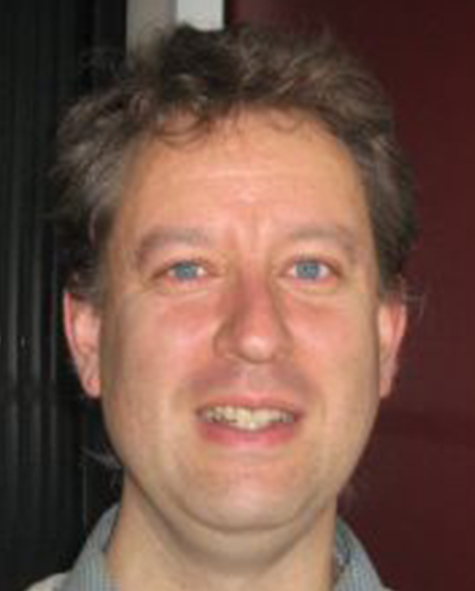 Dr. Eric Mossang, Ingénieur de Recherche chez Institut Néel CNRS
Dr. Eric Mossang, Ingénieur de Recherche chez Institut Néel CNRS
Since 2010, Dr. Eric Mossang is in charge of the structural characterisation and synthesis of materials (HP, HT: high pressure and temperature) platforms at Néel Institute, CNRS. From 1998 to 2010, at Grenoble High Magnetic Field Laboratory (GHMFL), CNRS, Dr. Mossang was in charge of the superconducting materials characterisation platform, the organisation of the magnet time schedule and of the Programme Committee meetings. He is involved in numerous collaborations with industrial and academic partners such as INAC (CEA). LinkedIn
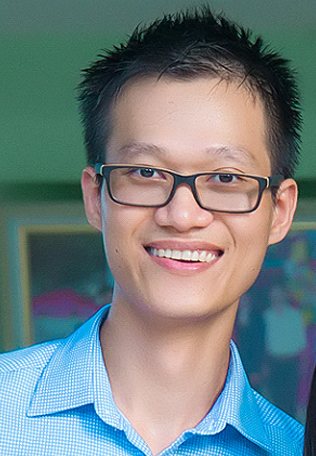 Dr. Thanh-Tra Nguyen, Ingénieur de Recherche au CEA-Leti
Dr. Thanh-Tra Nguyen, Ingénieur de Recherche au CEA-Leti
Dr. Tra NGUYEN received his PhD in Physics and Optoelectronics in 2013 at the National Institute for Applied Sciences in Rennes, France. After PhD, he worked as a postdoc researcher at the ESRF, on the 2 beamlines (BM02 and ID28) during 4 years. His works related to microelectronic materials characterisation and hard condensed matter properties using X-ray diffraction and X-ray spectroscopy techniques. He is now working at the CEA-Leti in the frame of IRT Nanoelec project in which he is developing advanced characterisation methods for microelectronic industry using Synchrotron beam. LinkedIn
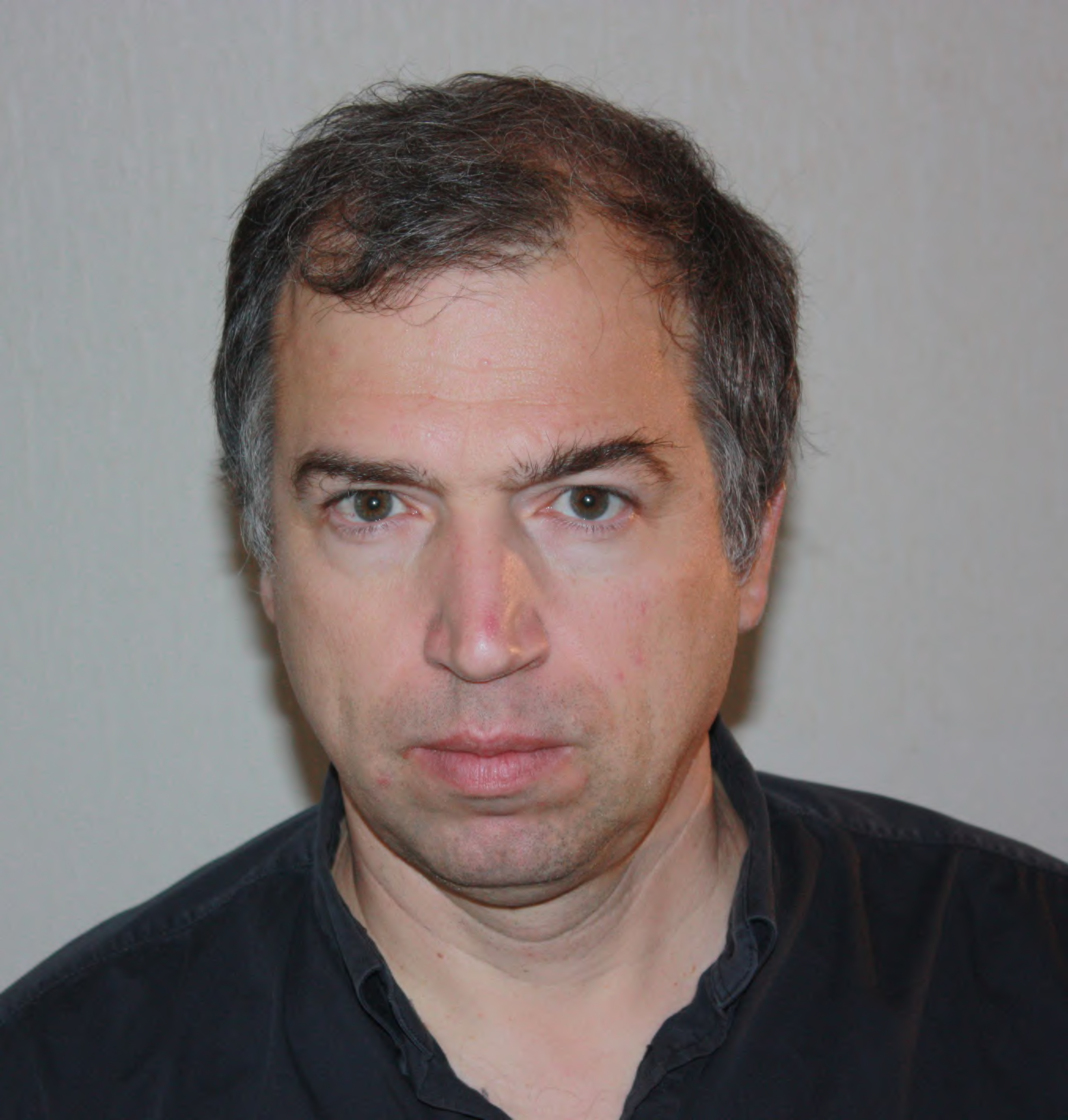 Francois Rieutord, Chef du service INAC/MEM=Modélisation et Exploration des matériaux
Francois Rieutord, Chef du service INAC/MEM=Modélisation et Exploration des matériaux
Francois is the head of one INAC laboratory that includes the modelling and characterization teams of the CEA-Grenoble fundamental research institute INAC. The MEM service gathers CEA people operating french CRG (Collaborative Research Group) instruments both at ILL and ESRF. It includes also expert teams in advanced electron microscopies techniques , laboratory X-rays and NMR (including DNP). François has been an instrument scientist both at ILL and ESRF, where he specialized on “buried” interface studies. He has long-standing collaborations with applied research (CEA-LETI) and industry, e.g. the SOITEC company on bonding and fracture problems.
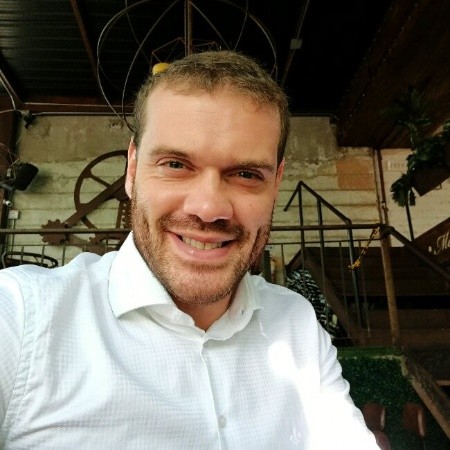 Rafael Varela Della Giustina, Ingénieur business development de la PAC-G
Rafael Varela Della Giustina, Ingénieur business development de la PAC-G
Rafael received his engineering degrees from the Ecole Centrale de Marseille and the Engineering School of UFRGS, Brazil in 2009. He also holds a M.Sc. in Microelectronics having worked with modelling and characterisation of intrinsic noise in RF and analog CMOS circuits and EDA tools. In 2016, after 5 years as lead engineer and a MBA program, he joined CEA-Liten working in innovation and new business development for Latin America. Since November 2017, Rafael acts as business developer for the PAC-G within the framework of IRT Nanoelec project. LinkedIn
